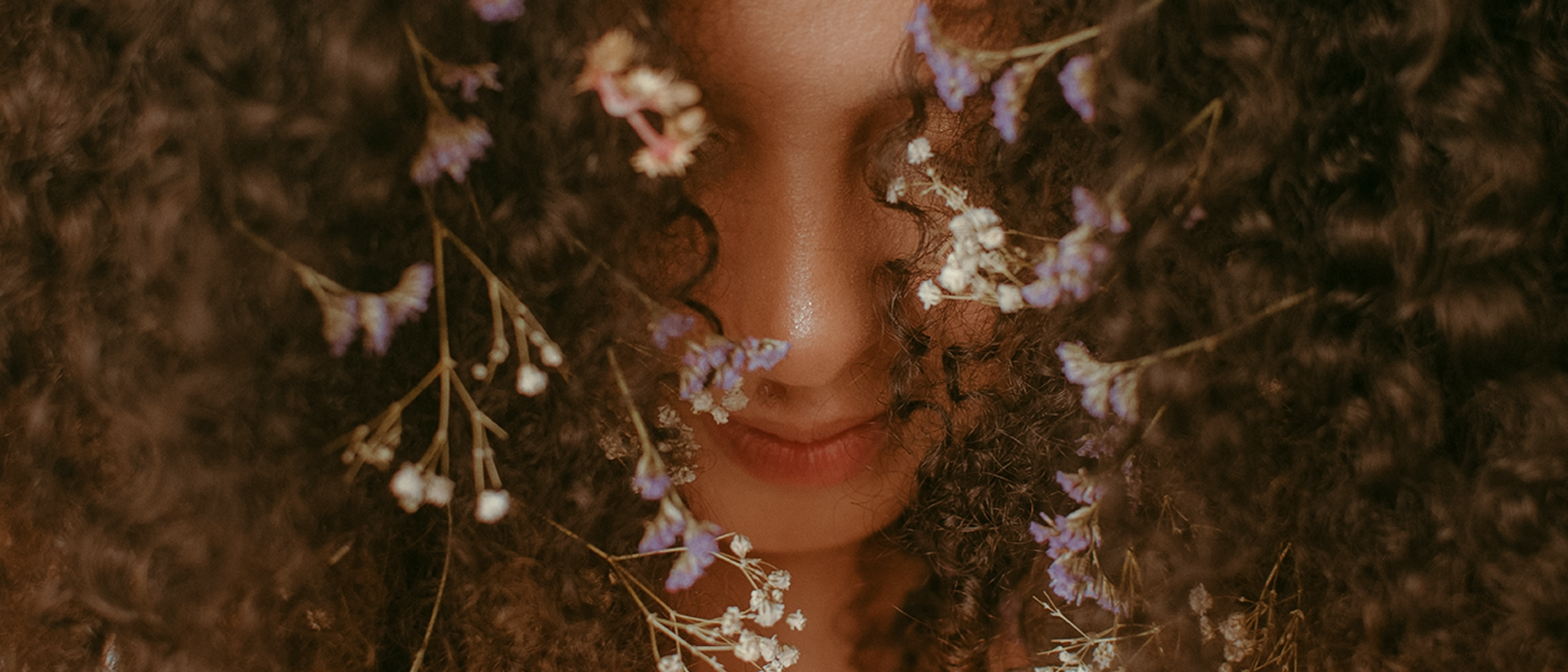accessing shakti, our divine feminine energy

how to connect, awaken divine feminine energy within ourself.
The Hindu tradition has always viewed the Divine as being a perfectly balanced combination of male and female energies. Where Shiva represents masculine, static consciousness, Shakti represents feminine, dynamic consciousness, and it is only through the merging of the two that enlightenment may be obtained.
This fascinating interplay may help us understand how we may embrace both sides of our being. For if yoga represents the quest for union, then no matter which gender we find ourselves living out this lifetime, it is necessary that we access male and female qualities in order that we may become true, whole yogis.
Hindu gods and goddesses are basically symbolic representations of energy that help us understand existence.
The three main male energy forms are:
Brahma, the creative force
Vishnu, the sustaining force, and
Shiva, the destructive force
This trinity encapsulates all life since every being, project and thing experiences the process of creation, sustenance and eventual destruction. “Shakti” is the general term used for divine female energy– the source of life, and each male god also has his particular shakti, or feminine counterpart. In fact, the gods are considered to be incomplete without their female partners, who balance and empower the male forms.
Brahma
The creator, is paired with Goddess Saraswati, who rules creativity, knowledge, music and the arts. Saraswati is the mother of the Hindu spiritual scriptures–the vedas–and governs our speech. Saraswati is virtuous and full of integrity, and Brahma creates life only in conjunction with Saraswati’s attributes.
Also Read>>> The Twelve Feminine Archetypes
To invite Saraswati energy into your life means engaging your creative side through drawing, painting, gardening, writing or anything that inspires you. Expressing your creative side will allow your Brahma/Saraswati energies to be complete.
Vishnu
The sustainer, has as his consort Lakshmi, the goddess of prosperity, beauty and abundance. Sitting on a lotus flower, Lakshmi is the bestower of spiritual and material wealth, both of which are regarded as our birthright. With Lakshmi consciousness, there is no room for lack or contraction, since she reminds us to embrace the numerous blessings around us and view the world in terms of possibility. Therefore, energy may only be sustained through the female principle of prosperity and expansion.
To invite Lakshmi energy into your life, think abundantly and notice what is good in the world. You may create a “gratitude journal” in which you write down only those things for which you are grateful or make a collage of what you would like to manifest, calling these desires into your life. In such a way, you tip the scales in favor of abundance, by choosing to acknowledge the positive.
Shiva
The destroyer of illusion and negativity, represents the final part of the male trinity and his partner is Parvati, the goddess of might. Parvati is considered to be so important that she is also referred to as Shakti or divine feminine energy herself, so Shiva and Shakti together represent the culmination of male and female qualities. Shiva is often regarded as the most powerful figure of the male trinity. And fittingly, Parvati is the most complex aspect of female divine energy, assuming many different roles, the main three being Durga, Kali and Lalita.
Where Durga and Kali
represent the power of goddess energy, Lalita demonstrates her beauty. In mythological stories, Durga appeared when the good in the universe was being threatened, emerging as the defender of righteousness. Durga may be viewed as a mysterious mixture of loving energy and powerful, frightening power.
She appears riding a lion, with multiple hands holding fierce weapons while simultaneously conveying healing mudras. At once beautiful and terrifying, Durga is a study in complete opposites and also a great example of feminist power.
In fact, celebrations in honor of Durga occur annually every October.
Kali,
on the other hand, is undoubtedly the most ferocious form of goddess energy, ruling time, fire, and death itself. Pictured naked and with hair disheveled, she wears a necklace of human skulls. Kali can either create fear or help us remove fear and she represents destruction where and when it is appropriate in our lives.
Finally, Lalita
manifests as the beautiful, kind, motherly goddess, showing the maternal side of our natures and reminding us to be caring and gentle. Ultimately Shiva and Parvati (in whatever form she takes) also appear united in a single androgynous figure, showing that the divine is in the end an enigmatic mix of male and female.
As yogis we are striving to be complete – with ourselves and with the world at large. While the typical “mass consciousness” view says that we must find a soulmate in order to be complete, yogic philosophy teaches that we are complete when we balance male and female energies within and any partner that we manifest is like icing on the cake!
After all, two whole individuals coming together are much more dynamic than two co-dependent individuals latching onto one another in order to feel secure. In this time when violence and aggression rule many parts of the world, there is a great need for more Shakti – in all her forms.
Male and female yogis alike carry the unique responsibility of accessing the feminine energy in order to demonstrate wholeness and reclaim the natural balance of life.
Psychic Palmist of India Professor Sasi Velupillai & Reiki Master Alexandra Juliani are Directors of the Vedic Healing Institute/Temple offering Sanskrit mantra classes, puja ceremonies and spiritual pilgrimages to India.



